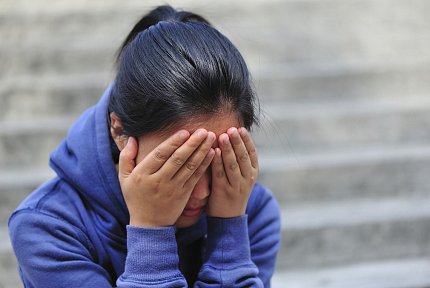Higher Death Rate Among Youth With First Psychosis

A new study shows that young people experiencing first episode psychosis have a much higher death rate than previously thought. Researchers analyzed data on approximately 5,000 individuals ages 16-30 with commercial health insurance who had received a new psychosis diagnosis and followed them for the next 12 months. They found that the group had a mortality rate at least 24 times greater than the same age group in the general population in the 12 months after the initial psychosis diagnosis.
The study, funded by NIMH, underscores that young people experiencing psychosis warrant intensive and proactive treatments, services and support.
The research, led by Dr. Michael Schoenbaum, senior advisor for mental health services, epidemiology and economics at NIMH, was published online Apr. 6 by Schizophrenia Bulletin.
The research team used insurance claims data to identify young people ages 16-30 who had been diagnosed with a first episode of psychosis in 2008-2009. They used data from the Social Security Administration to identify deaths in this population within 12 months of the initial psychosis diagnosis. Data on cause or manner of death were not available for this research.
The 12-month mortality rate for these young people—from any cause—was at least 24 times higher than their peers in the general population. In the general United States population, only individuals over age 70 come close to a similar 12-month mortality rate.
“These findings show the importance of tracking mortality in individuals with mental illness,” said Schoenbaum. “Health systems do this in other areas of medicine, such as cancer and cardiology, but not for mental illness. Of course, we also need to learn how these young people are losing their lives.”
In addition to mortality, the study examined the health care individuals received in the 12 months after the initial psychosis diagnosis. Those data showed that young people with a new psychosis diagnosis had surprisingly low rates of medical oversight and only modest involvement with psychosocial treatment providers.
